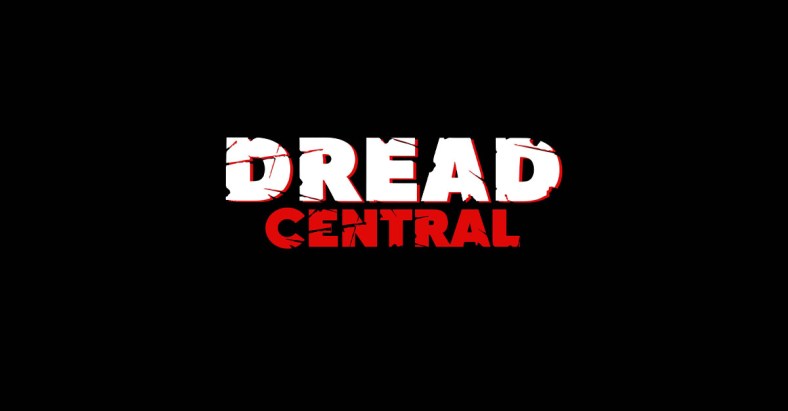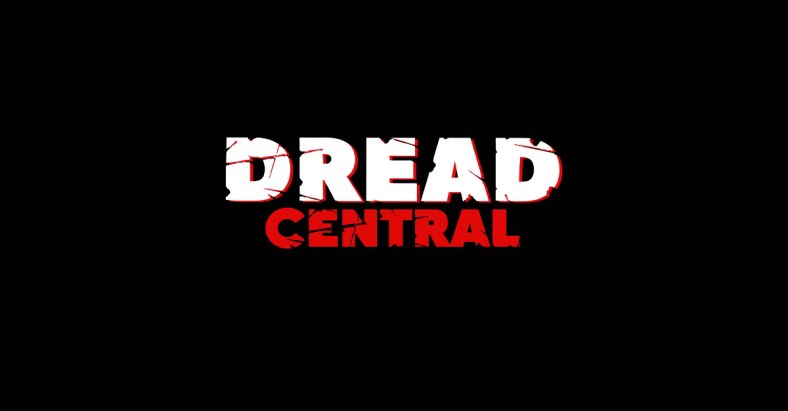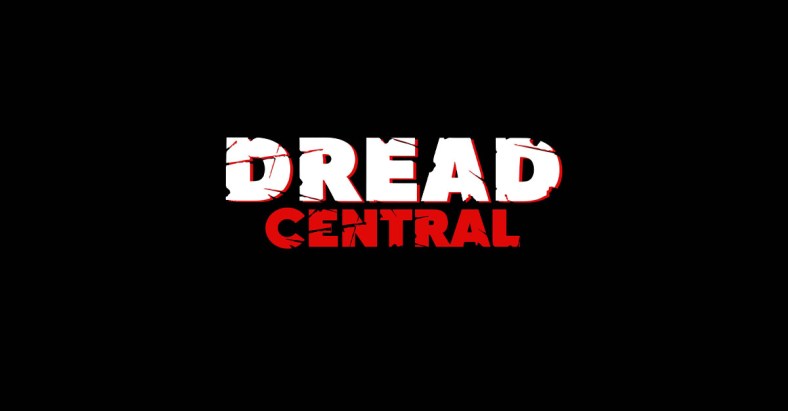Nioh (Video Game)

 Developed by Team Ninja
Developed by Team Ninja
Published by Sony Interactive Entertainment
Available Exclusively on PlayStation 4
For the past few years, “Souls” style games have been growing increasingly popular. It’s not quite the explosion of mimicry that Resident Evil 4, Amnesia: The Dark Descent, or the original Doom spawned, but a steady stream of releases have filled out my shelf nicely. We’ve got Demon’s Souls, Dark Souls, Bloody Souls, Salty Souls, Swarthy Souls, Mouse Souls, and even the upcoming Cyber Souls. And now with Nioh, we have Samurai Souls to add to the list.
In Nioh, you play as William Adams, a real life Western Samurai who traveled to Japan in the Year 1600 from the Netherlands to establish trade deals. Or, as Nioh tells it, to fight demons and collect all of the pocket-spirits. The plot is actually the product of an unfinished Akira Kurosawa script, who probably would have done the whole thing with far less demons. Nevertheless, after eight years of rewrites and the title finally being adopted by Team Ninja, we now have the exciting tales of the world’s first otaku.

Damn you Yokai! No one is going to stand in the way of my dream to modernize the Japanese navy and establish lasting trade relations even during the period of exclusion!
You’ll begin Nioh by waking up in the Tower of London, imprisoned because every Souls game has to start out in some kind of prison/graveyard/asylum. Rather than wait to be tortured and executed, you are visited by a colorful fairy spirit who guides you to safety. On the way you’ll overhear conversations about a substance called Amrita (souls) and the Philosopher’s Stone. It’s unclear just what exactly is going on and why, as William seems equally confused by some of the weird fairy shit happenings. Soon your fairy gets captured by an evil wizard, and you’re off to Japan to start the game proper.
Through the course of the game, you’ll meet a colorful cast of characters who are equally enchanted by a Guardian Spirit. As you complete missions and challenges, you’ll occasionally become possessed by these spirits and learn some more backstory. During levels, you’ll come across memory fragments that will flesh out more snippets of the world. It’s a stark contrast to Dark Souls’ cryptic story and lonely tone, charming with its wacky cast of characters. It’s hard to make perfect sense of it, but you’re always having fun.

It’s a cat clock. Yup.
The juxtaposition to Dark Souls is going to dominate most of this review, and rightly so. There have been some reviewers saying that the comparison is unfair, but it isn’t. From the checkpoint shrines to the crushingly difficult bosses, Nioh wears its inspiration on its sleeve. It does a lot to distinguish itself, but the base comparison should be enough to tell you if this is your kind of game or not.
On top of that, the developers behind Nioh are none other than Team Ninja, the sadists responsible for the fiendishly difficult Ninja Gaiden series. It’s the kind of credentials that should make me sweat, but hey, I’ve beaten every Souls and Ninja Gaiden game to date. Nioh can’t be that bad, right? I was woefully unprepared for how savagely this game would punish me. Aside from some bullshit deliberately impossible flash game or an unbeatable NES title, this is the hardest game I’ve ever played.
Pulling deep from their vast experience in brutal difficulty, Nioh was curbstomping me right out of the gate. Which I’m totally game for. I like a game that respects me, setting up a challenge and letting me bash against it until I get good enough to move on. Dishing up the pain consistently is what makes actually beating a level so rewarding. If you are the kind of gamer that can spend hours on a single level trying to get the perfect score, then Nioh will prove a great fix. Except instead of a perfect score, you’ll just be trying to get past the boss. I can’t imagine how brutal the ironman runs of this game are going to look.

Get ready to see this shit a lot.
Let me shift focus a bit to explain the things that Nioh does a bit differently. As opposed to Dark Souls, weapons and armor are incredibly plentiful in Nioh. It seems like every enemy is dropping some variation of armament, varying wildly in stats and rarity. Each weapon comes with some randomly assigned modifiers, increasing in potency with level and weapon quality. It’s inconsequential in the early game whether your spear has +2 to Toughness or +2.7% Elemental Resistance, but as the game goes on and more exotic modifiers are found there’s a significant amount of inventory comparison to be done.
Running through a mission in Nioh will yield maybe 70-100 different pieces of loot to go through. It’s initially overwhelming. The completionist collector inside of me wasn’t quite sure what to do with myself. Once you get a hang of the crafting system, it’s clear why loot is so plentiful. All items can be broken down into components, with higher quality components from rarer items. Higher level items can also be “Soul Merged” with weapons of a lower level but higher quality to bring the rarer item to a higher level. This is also how you pass on specific weapon traits, which I’ll get to in a second. Using the crafting components, you can take a chance on rolling a higher level/quality specific item by forging it. There’s a cap on your chance of getting the highest quality items (the highest I got it to was around 36%), so you’ll have to farm a lot to obtain the perfect loadout.
It’s not really as complicated as it sounds, which is the tale of the tape for Nioh. While Dark Souls is known for its beautiful quiet simplicity, Nioh takes a far more intense approach. Combat is far faster, and there is a lot more to keep track of. The familiar system of health/stamina is shaken up with Ki, which functions as Nioh’s stamina bar. Dodging, attacks, and blocking all consume Ki, which naturally replenishes at a rate determined by how light your armor is. The big twist is that Ki can be replenished by something called a “Ki Pulse.” At the end of every action chain, a blue light will flicker around your character for a fraction of a second. Press the R1 at the right time, and you’ll recover a large amount of your Ki, allowing you to continue your attack. Later upgrades will allow you to dodge to activate a Ki Pulse, further increasing the speed and complexity of combat. Ki Pulses are absolutely critical to your success, as they also are used to clean out Ki draining Yokai spirit circles. If you do not want to master the Ki Pulse, do not play Nioh.

So all I have to do to clear out the swirling black mass is move in, attack, perfectly time my R1 press, and not get my face smashed in. Got it.
On top of keeping track of your pulses, each weapon also has three different stances. High stance sacrifices defense and mobility for damage, and the attacks drain more Ki from your opponent on hit. Middle stance is balanced between offense and defense, allowing you to dash quickly in and out of combat. Low stance is the most defensive, offering quick attacks at the cost of damage. Some weapons also have unique characteristics when wielded in different stances, like the Kusarigama which swaps between a short range blade and a long range whip. For the most part you can get by just sitting in one stance, but the game encourages you swap with damage bonuses and Ki Pulses for mid combat stance-dancing.
Despite being way more complicated than it needs to be, the combat overall feels great. When you figure out your favorite weapon’s different move sets, stringing it all together is easy. The controls are very tight, with easy to remember shortcuts to quickly swap into the best weapon/stance. Each weapon feels unique yet well balanced. There isn’t the kind of variety in movesets that Dark Souls has, with most weapons behaving identically to their lower level/quality counterparts. It’s sad not being able to learn all the nuances of a massive arsenal, but it keeps things more easily accessible.

It’s a blessing, because I could hardly remember the differences between the Bizen Osafune, the Bizen-den Uchigatana, and the Bizen Ichimoji. Then you through the Juzumaru Tsunetsugu into the mix, and everything is fucked up!
Which is necessary, because get ready for another layer of combat complication! In order to unlock new moves, Nioh uses a number of skill trees. You unlock new skills with scrolls, which are earned with levels and combat experience. These skills vary from passive buffs to special moves, which also can each be assigned individually to a specific combat stance. Some of these skills, like the grapple and stealthy backstab, are absolutely crucial and easily unlocked. It can be initially annoying to have to unlock such basic skills, but it keeps the pace of learning consistent.
Aside from the combat skill tree are two secondary skill trees, focusing on Ninjutsu and Magic. Ninjutsu is more of a utility, allowing you to sneak around and prepare disrupting traps. It would be difficult to get through the game with only these skills, but hey, people have beaten Dark Souls with a guitar. Magic, much like all of the other Souls games, is in a league of its own. Specializing in it is expensive, but effective. Mostly, you’ll want to get a few points just to open up some of the more basic offensive spells to round out your build.
But wait, there’s more! You also have to keep track of your Guardian Spirit. As you progress through the game, you’ll collect an ever expanding roster of helpful animal spirits. You can only have one selected at a time, and leveling up the Spirit skill will unlock their different bonuses. The real strength of these mystical beasts comes after you’ve charged them up. When active, the guardian spirit will leap forth and imbue your weapon with their strength. You cannot take damage while in this form, instead depleting the spirit gauge on attacks and hits. This mostly acts as a trump card, giving you a massive boost to defeat the most menacing enemies. On death the guardian spirit will defend your grave, allowing you to retrieve your lost experience. If you die again, you’ll respawn with none of the stored experience and a depleted Guardian Spirit meter.

You know what they say, “You mess with the spectral bull, you get the 25% poison resistance and modified earth attacks!”
Finally, each weapon in the game has its own familiarity stat. Simply enough, using the weapon will raise the familiarity. Some modifiers are only available at higher levels of familiarity, but most importantly special inherited traits can only be passed on when a weapon is at max familiarity. So let’s say you have a nice level 25 katana with some bonus backstab damage, but you’re level 40. If the backstab damage is the inheritable stat, you can just merge it with your level 40 weapon and maintain the bonus. There can only be one of these inheritable stats per weapon, so it never gets ridiculously complicated with your merging. Familiarity is also how you earn new points for your combat skill trees. You’ll constantly be finding new upgrades, so don’t worry too much about Familiarity. You won’t ever have the need to just grind it (unless you’re into that, I guess).
Okay, finally done explaining all of the mechanics. It’s a lot to take in, but so is Nioh. Calling this game massive would not even scratch the surface. Taking you through six different regions with a slew of missions and side quests each, finishing everything is a gargantuan undertaking. The recommended level for the final mission is 145, which is high even for a Souls game (I generally finish my first run at around 110). Leveling is only slightly slower, but combined with all of the side content to do this game can easily take you weeks to beat. I marathoned it as soon as I got it and didn’t get to the end before the 80 hour mark. And I’m GOOD at these games. I can’t imagine what it would be like for someone who’s a scrub.

Most bosses have some kind of weakness, so keep experimenting and you’ll figure it out.
It’s made significantly more manageable by the game being divvied up into manageable missions. Each of the main missions takes place in a large, Souls style level, complete with shortcuts, hidden items, traps, and checkpoint shrines. As the game is not one large looping world but a series of discrete missions, it feels more like Dark Souls 3 than the first game. Still, the level design has enough clever pathways and alternate routes that it holds its own. Side missions generally take place in a smaller, altered version of one of the main maps. It’s obvious they are reusing maps, but it’s not like they’re trying to hide it, and the enemy placement is switched up enough to make it feel fresh. There are also a number of “Twilight” missions to undertake, asking you to beat a previous level with vastly stronger foes. This is how you get the best resources, and is a great test of skill for experienced players.
And if all the weapons, armor, items, materials, and notes aren’t enough for you, the main missions also have a number of collectable Kodamas. There are 150 in total (25 in each province), and about 6-9 in each of the main missions. You’ll hunt down these cartoon toads for the benefit of their blessings, which act as a special modifier to one of five different drop rates. For example, if you find all of the red hatted Kodamas, you can get an extra 10% weapon find. None of these actually give combat bonus, making it entirely up to you whether or not to find them. There is also an achievement system called “prestige,” that rewards points for special tasks. These points can then be spent on minor buffs, such as .5% damage to humans. These points can’t be reassigned and are learned in a slightly random fashion, making them more of a novelty than a core mechanic.

I simply must have all of you…
The only content the game is lacking is multiplayer. Much like the Souls series, you can summon other players to help you in particularly tough boss fights. Monsters scale in health when you bring an ally, so the advantage is mostly in having another body to absorb damage. It’s a tried and true method to help weaker players overcome bosses, while more experienced players can hone their skills and farm. There’s no multiplayer yet (it was recently announced as DLC at the end of April), but you can fight other players’ phantoms at tombstones where they died in the level. It’s not a robust system, but it gives you something extra to do.
So that is the massive package that constitutes all of the working parts of Nioh. But how does it all come together? For a game with so many mechanics that kept finding more to talk about while writing this, it’s incredibly smooth. There are some hiccups early on with the pacing (you get the tutorial for using skill points after the third boss fight), but once it gets into full swing it never feels overwhelming. The combat, crafting, and leveling are all relegated to their own little area, allowing you to focus your attention on what’s most pressing. It’ll take you some time to sift through your inventory to pick out the best items, but you’ll have a good sense of what you need to save and what can be scrapped immediately.
After the steep initial learning curve, Nioh hits its stride and stays strong throughout. The combat is excellent, and the enemy variety will force you to always figure out new ways to stay alive. There are a ton of memorable bosses to overcome, and the mission format makes it so the game never feels like a slog. Over the almost 100 hours I’ve spent with it, I never got bored. It’s a must have, worthy of the title of “Souls game.” Nioh should be in the library of any self respecting hardcore gamer.
-
Game
Categorized:Reviews

